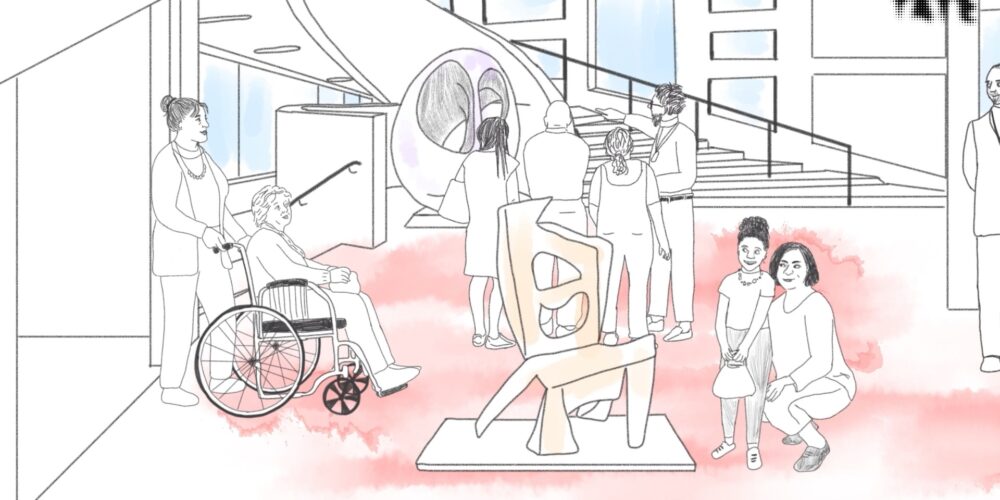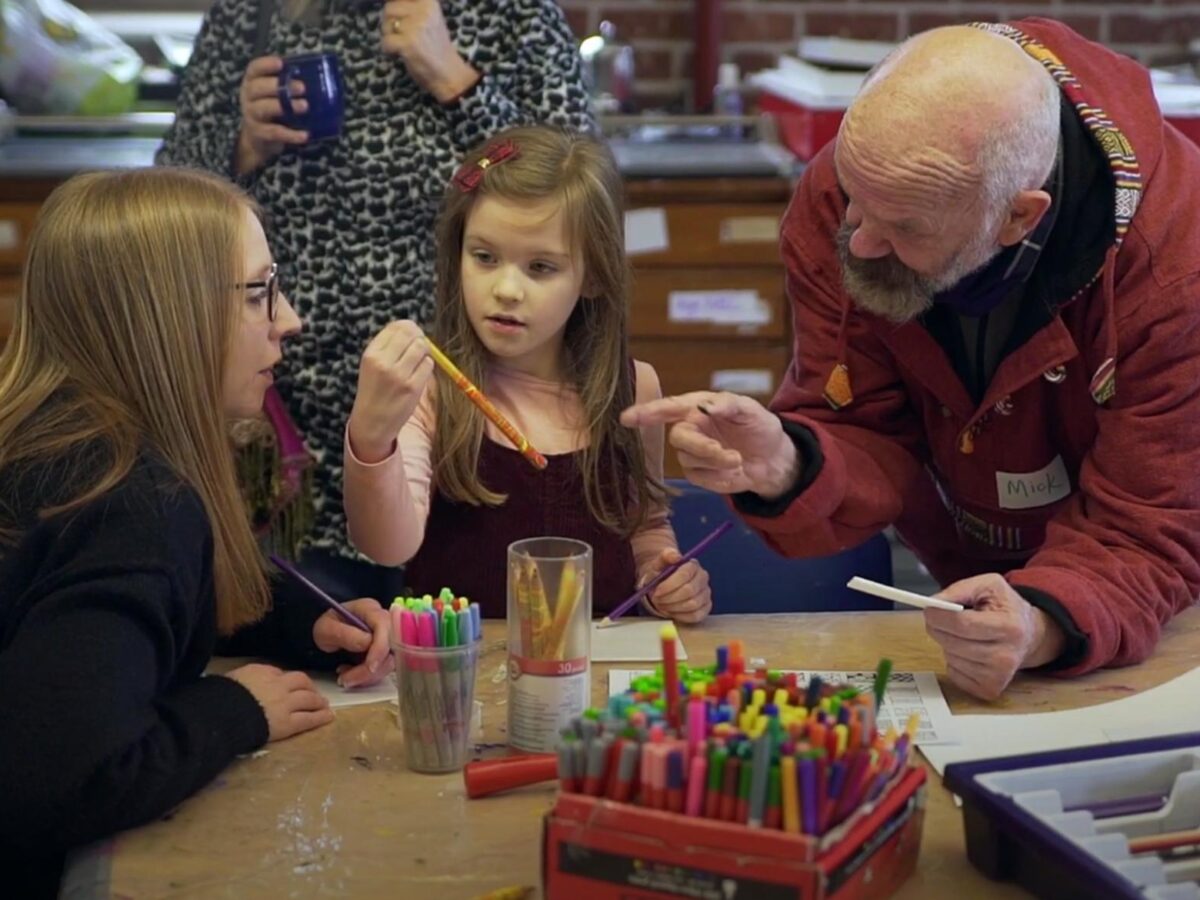 KEYWORD for Cultural Prescribing! "Creative Health" What does it mean?
KEYWORD for Cultural Prescribing! "Creative Health" What does it mean?
What social responsibilities should public arts and cultural institutions fulfill? This article introduces the efforts of Tate, a British museum, to use museums as venues for social care.
Tate, a family of art galleries in the UK, is actively developing resources to explore the use of galleries and museums as places for social care.
New Town Culture is one of the projects they are working on. It is led by Barking and Dagenham Council in London. Program curators run the program in collaboration with Tate.
The New Town Culture program explores how publicly funded, admission-free museums and galleries can serve as resources for social care and welfare practices. The program particularly focuses on how these institutions can be used to deliver social care to children and young people. One of the specific initiatives of this program is to develop support tools for staff providing social care to young people (e.g., youth detention center staff, child and family social workers). The goal is to make cultural institutions safe, welcoming, and accessible spaces that facilitate new and meaningful interactions for young people and those who support them.
Mark Miller, Director of Tate Learning, said (click to play YouTube video in a new tab) that through talking with young people, social workers, and artists, it was concluded that these tools should be available online for download. This ensures that the resources are easily accessible and can be widely utilized by those in the field of social care.
The video presented below was produced as part of the development of this tool and was created to support this initiative. The original video is available on Tate’s website, and a version with Japanese subtitles provided by the National Art Research Center can be found on their website.





